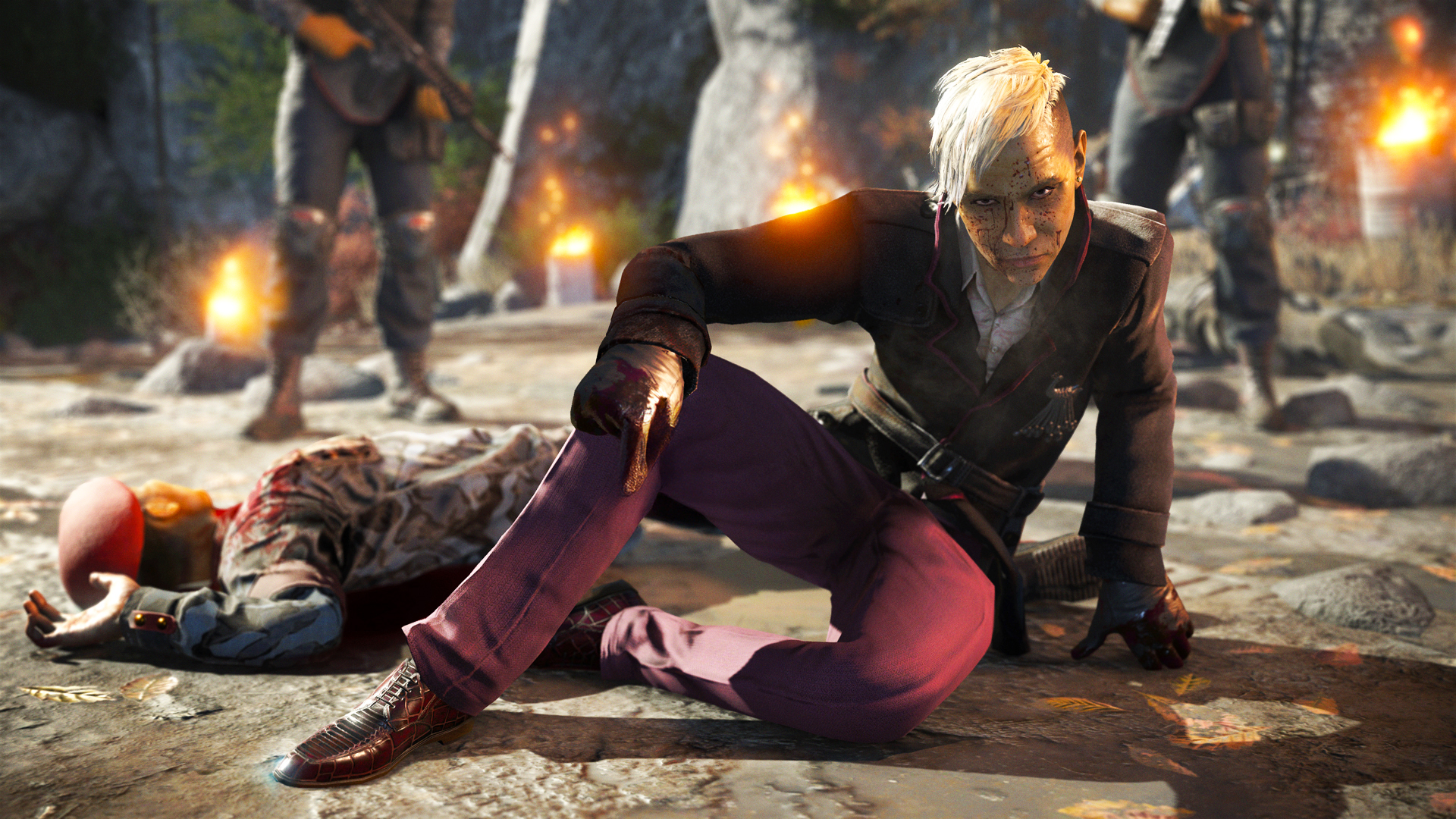The 5 most efficient exercises for adding strength and size
Exercise Scientist Dr. Mike Israetel says these are the lifts you should prioritise if you want to get jacked and strong
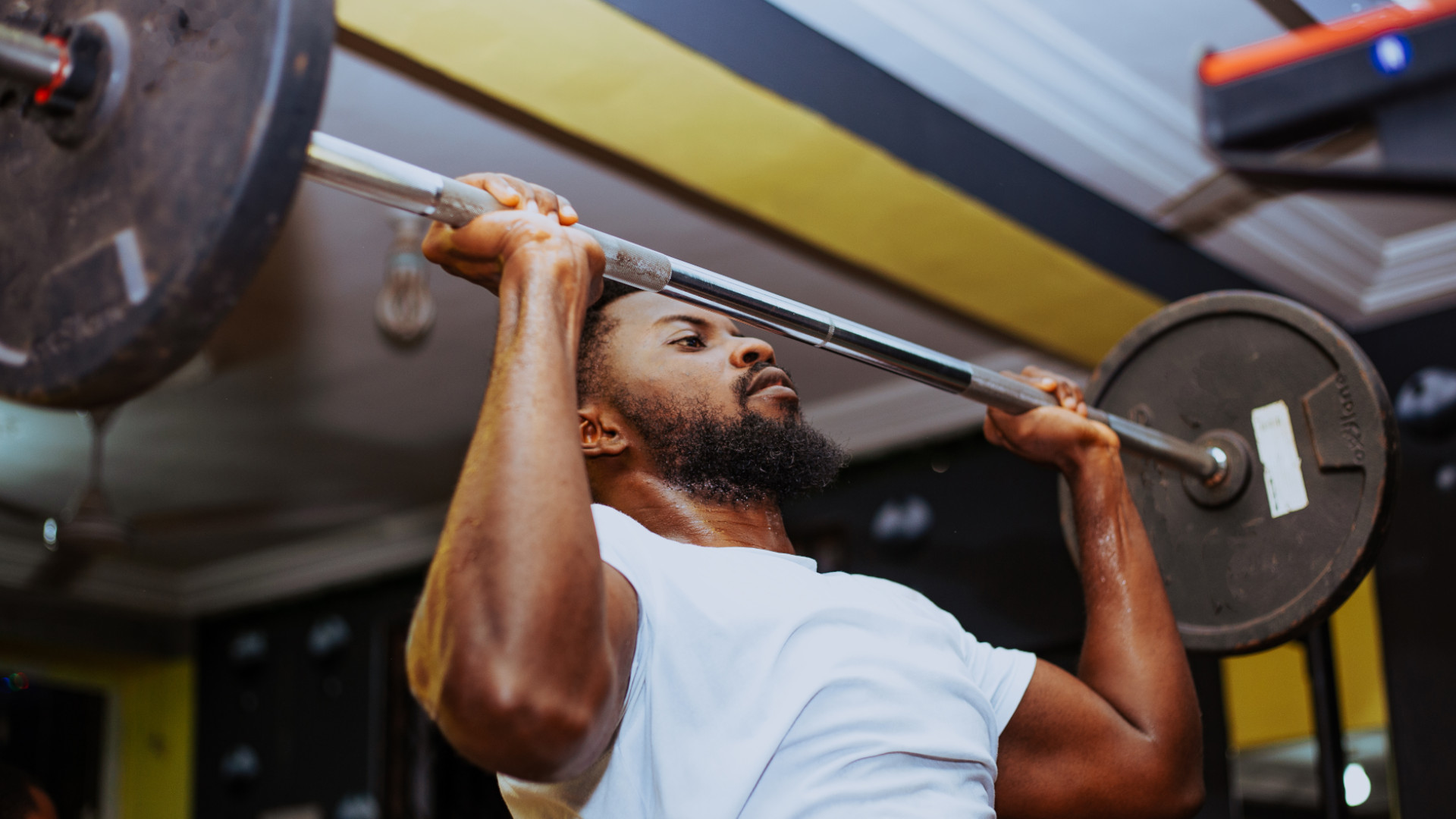

Let’s be honest: we don’t have hours to train in the gym. We have work, family and other commitments. Does that mean you still can’t get strong and build muscle? Absolutely not. The key to effective training isn’t about how long you spend in the gym; it’s about smart exercise selection. Quality over quantity, always.
To help you choose the most efficient exercises to include in your training, exercise scientist Dr. Mike Israetel, has shared some that he says “will take very little time and leave you ultra jacked”.
The exercises he’s chosen hit three criteria:
- They’re all compound exercises: this means the exercise will hit multiple muscles at the same time, rather than an isolation exercise which isolates one particular muscle (like bicep curls). While Dr Mike has nothing against isolation exercises, they’re not the most time efficient.
- No single muscle receives the vast majority of stimulus: you may be thinking ‘yes, you’ve already said compound exercises, ’ but even compound exercises can do this. Dr Mike uses the wide grip bench press as an example; while it hits the triceps, front delts and chest, he says the wide grip makes the chest a huge limiting factor, making it predominantly a chest exercise.
- They have a high range of motion and stretch: exercises that move the joints through a wide range of motion and getting a deep stretch stimulates hypertrophy and more growth.
FYI, these aren’t the only exercises out there that can cut down your gym time and deliver results, but they’re a good bunch to get going with. He suggests putting exercises that prioritise different movement patterns together – such as pushing and pulling – or pairing together an upper and lower body exercise, and then supersetting them. You’ll be working more efficiently and seeing gains in no time. Here they are…
Deficit deadlifts
The deadlift is one of the best bang-for-your-buck exercises; it builds functional strength, muscle mass, core strength, and is brilliant for the posterior chain muscles (the muscles on the back of your body). The deficit deadlift – where you stand on an elevated platform – takes this to the next level. You get serious range of motion, putting even more focus on the muscles used, meaning more gains.
Walking lunges
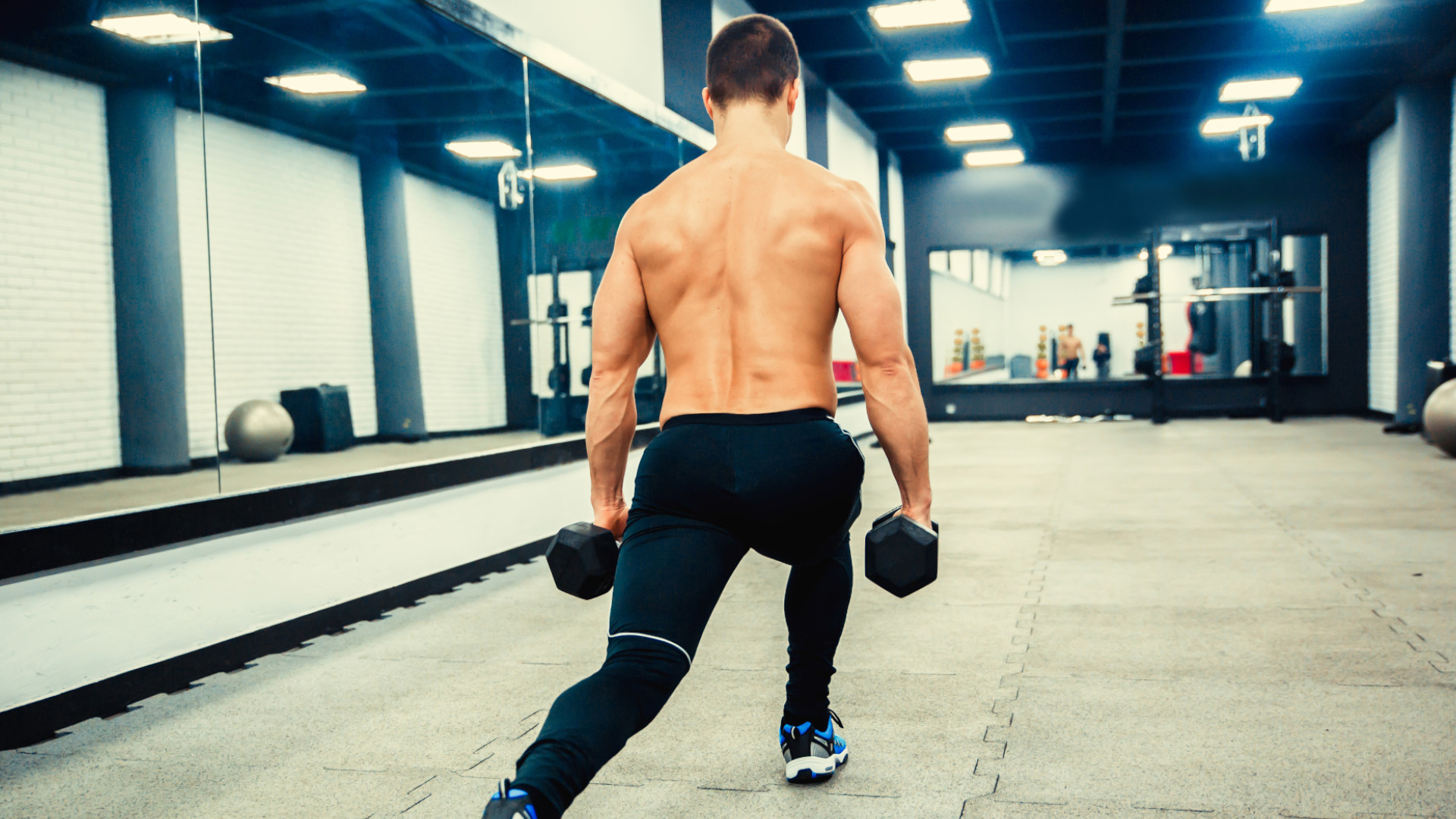
Dr Mike says these will “destroy a ton of your body” – in a good way, of course. Lunges light up all of your lower body muscles: the quads, glutes, hamstrings and calves. To make sure you’re hitting all these muscles, and aren’t honing in more on the glutes, Dr Mike says to take shorter steps and keep your body more upright so that your knees go over your toes slightly.
Underhand lat pull down
The reason Dr Mike says he favours this lat pull down variation is because: “It allows you to hit the lats and most of the back super well. But, as opposed to a neutral grip or overhand pull down, the underhand allows you to actively engage your biceps much more.” You’ll therefore be hitting the back, biceps, rear delts, and even your forearms, all in one move. If you don’t have access to a lat pull down machine, he says you can do underhand assisted pull-ups instead.
Sign up to the T3 newsletter for smarter living straight to your inbox
Get all the latest news, reviews, deals and buying guides on gorgeous tech, home and active products from the T3 experts
Incline close-grip press
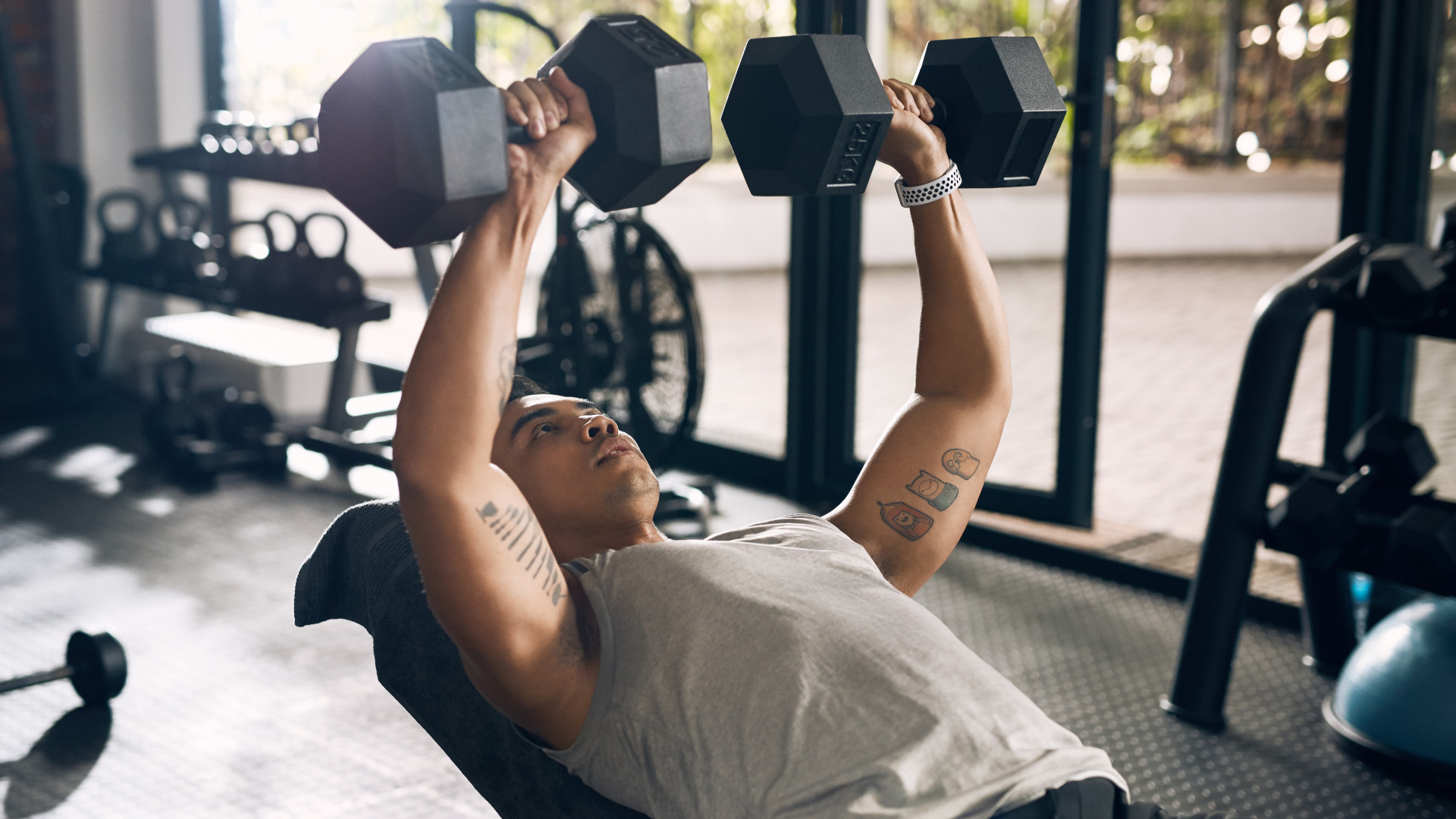
Want to overload three upper body muscles in one exercise? This is your ticket. The incline close-grip press will smoke your entire chest (including upper, middle and a little lower), the front delts, and triceps. “For any version of this you do, full range of motion is really good, especially that deep stretch, and at the bottom don’t let your elbows flare out as that lets the chest take over, but leaves your triceps hanging a bit, so try to keep a bit of a closer grip and tighter elbows,” says Dr Mike.
Hang muscle snatch
The hang muscle snatch begins with the barbell hanging just below your hips, and from there, you drive it overhead in one smooth, fluid motion. It's primarily found in weightlifting and CrossFit circles, so you might wonder why Dr. Mike has included it in his roundup. The reason is simple: it targets the delts from all angles. “It really gets your rear delts going and then your side delts, and then it uses your front and side delts to continue the motion,” he says. Your legs, hips and back muscles will also be working to generate power.

Bryony’s T3’s official ‘gym-bunny’ and Active Staff Writer, covering all things fitness. She recently completed her Level 3 PT qualification with the PFCA to bring a deeper understanding of training techniques, fitness trends, and wellness advice to her writing. In her spare time, you will find her in her natural habitat - the gym - where her style of training is a hybrid of bodybuilding and powerlifting. Bryony loves writing about accessible workouts, nutrition and testing innovative fitness products that help you reach your fitness goals and take your training to the next level.
You must confirm your public display name before commenting
Please logout and then login again, you will then be prompted to enter your display name.
-
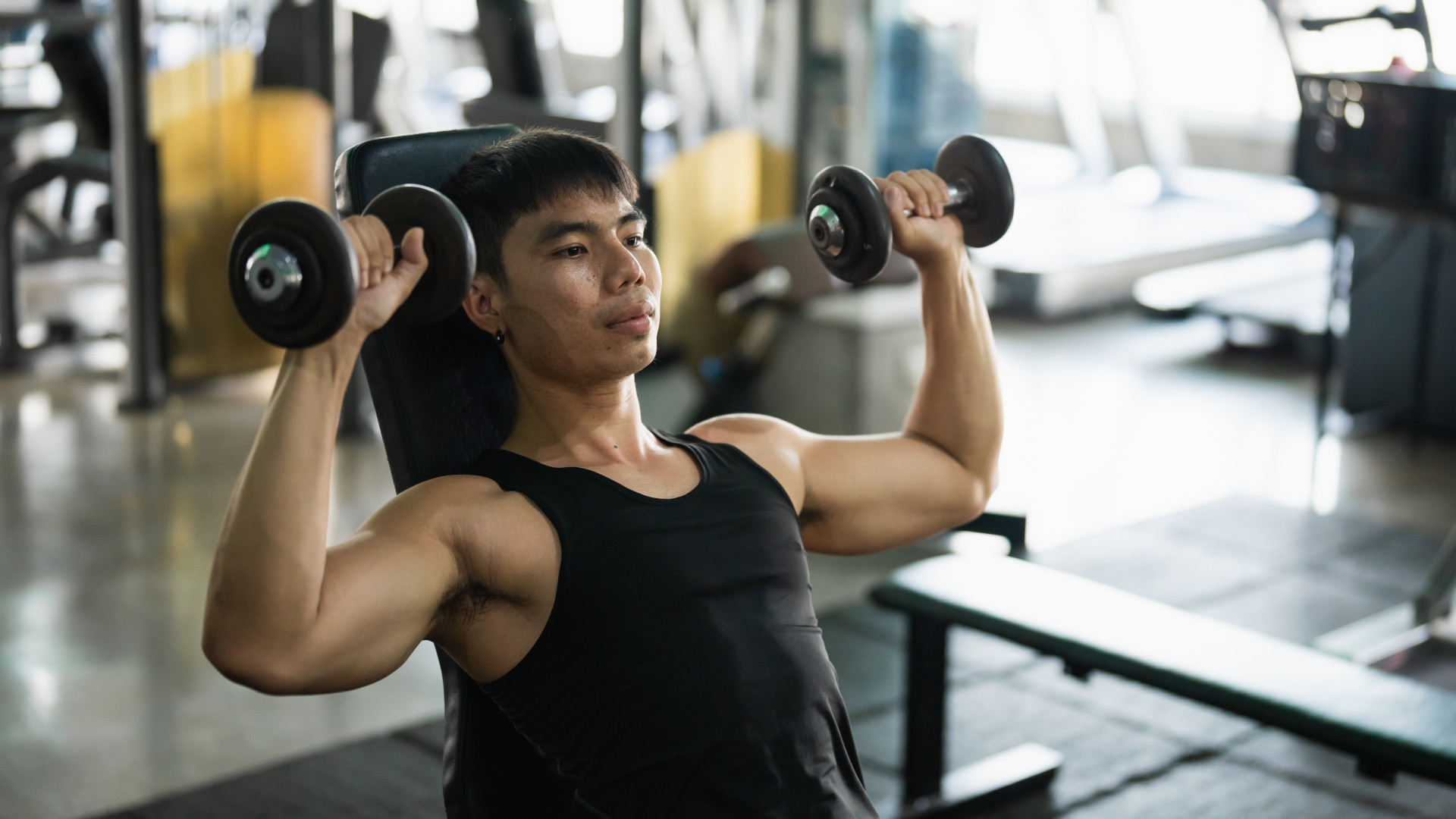 3 overrated shoulder exercises, according to a fitness expert (and what to do instead)
3 overrated shoulder exercises, according to a fitness expert (and what to do instead)Sculpt 3D shoulders whilst minimising injury with these three alternative exercises
By Bryony Firth-Bernard
-
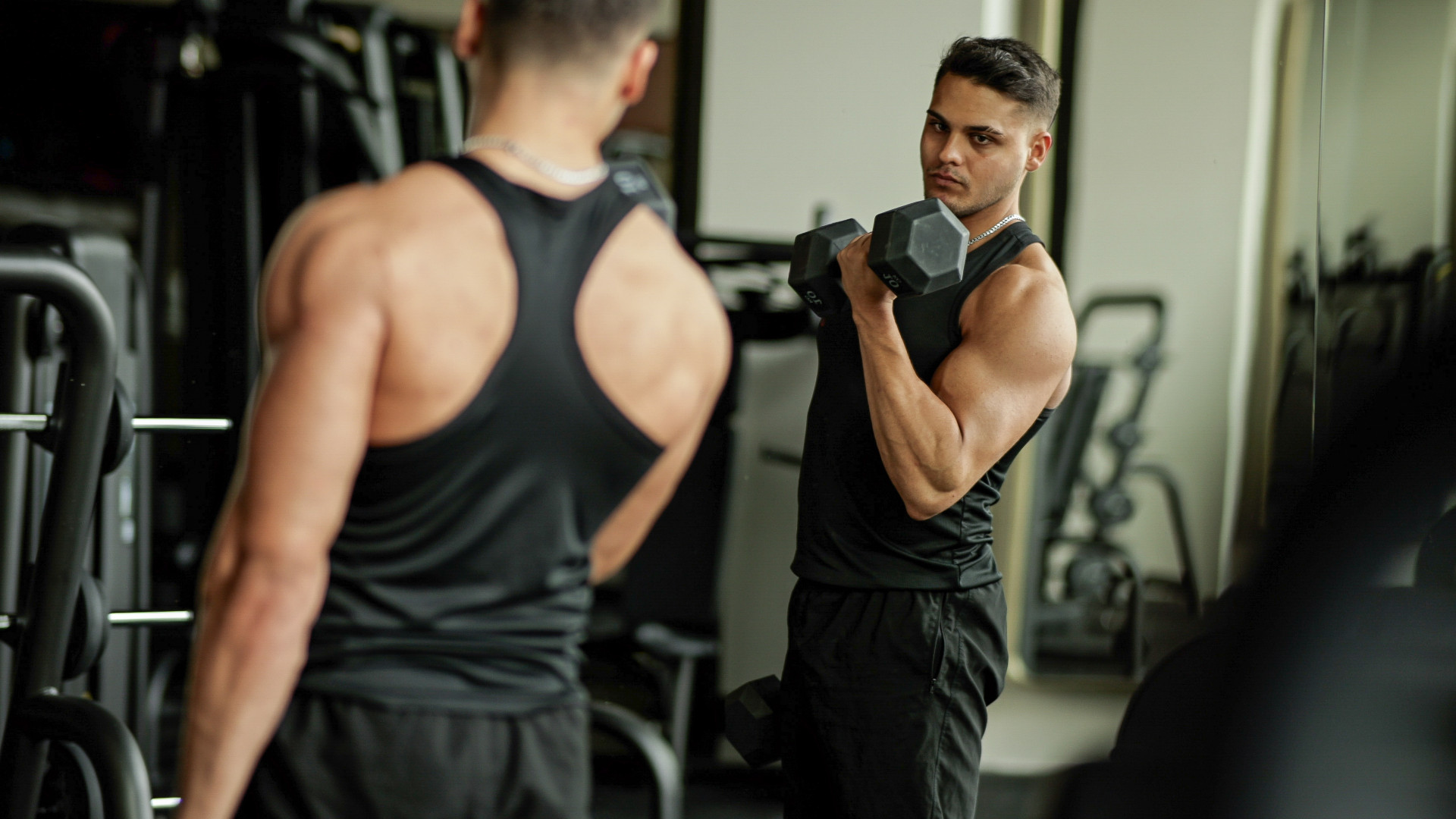 The best biceps exercise, according to science
The best biceps exercise, according to scienceHave you been training your biceps wrong this whole time?
By Lucy Miller
-
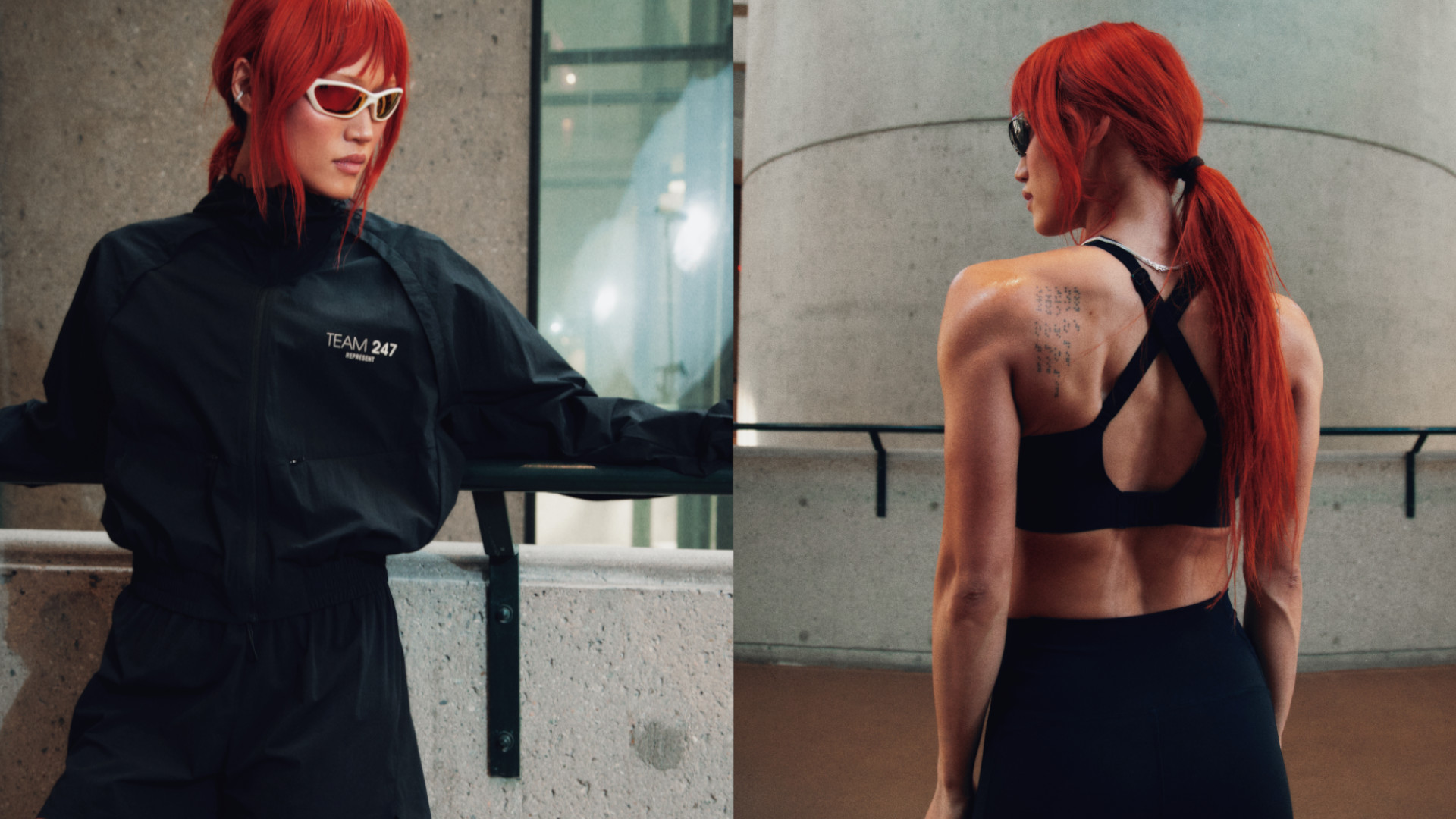 Finally! Represent 247 launches its first womenswear collection, taking you from street to gym in style
Finally! Represent 247 launches its first womenswear collection, taking you from street to gym in styleIt's about time guys
By Bryony Firth-Bernard
-
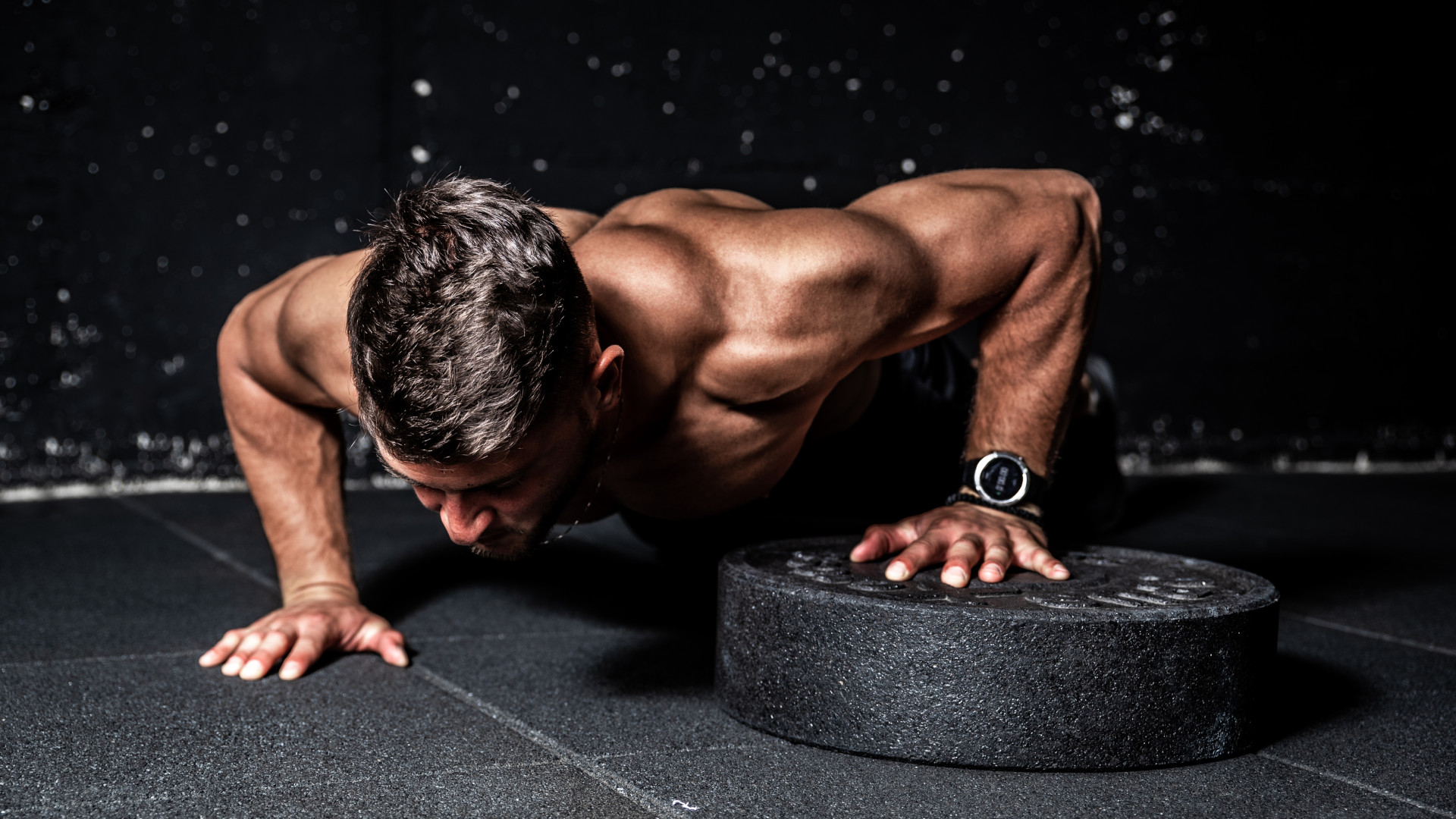 3 chest exercises you’re probably not doing to supersize your pecs
3 chest exercises you’re probably not doing to supersize your pecsA killer pec pump awaits
By Bryony Firth-Bernard
-
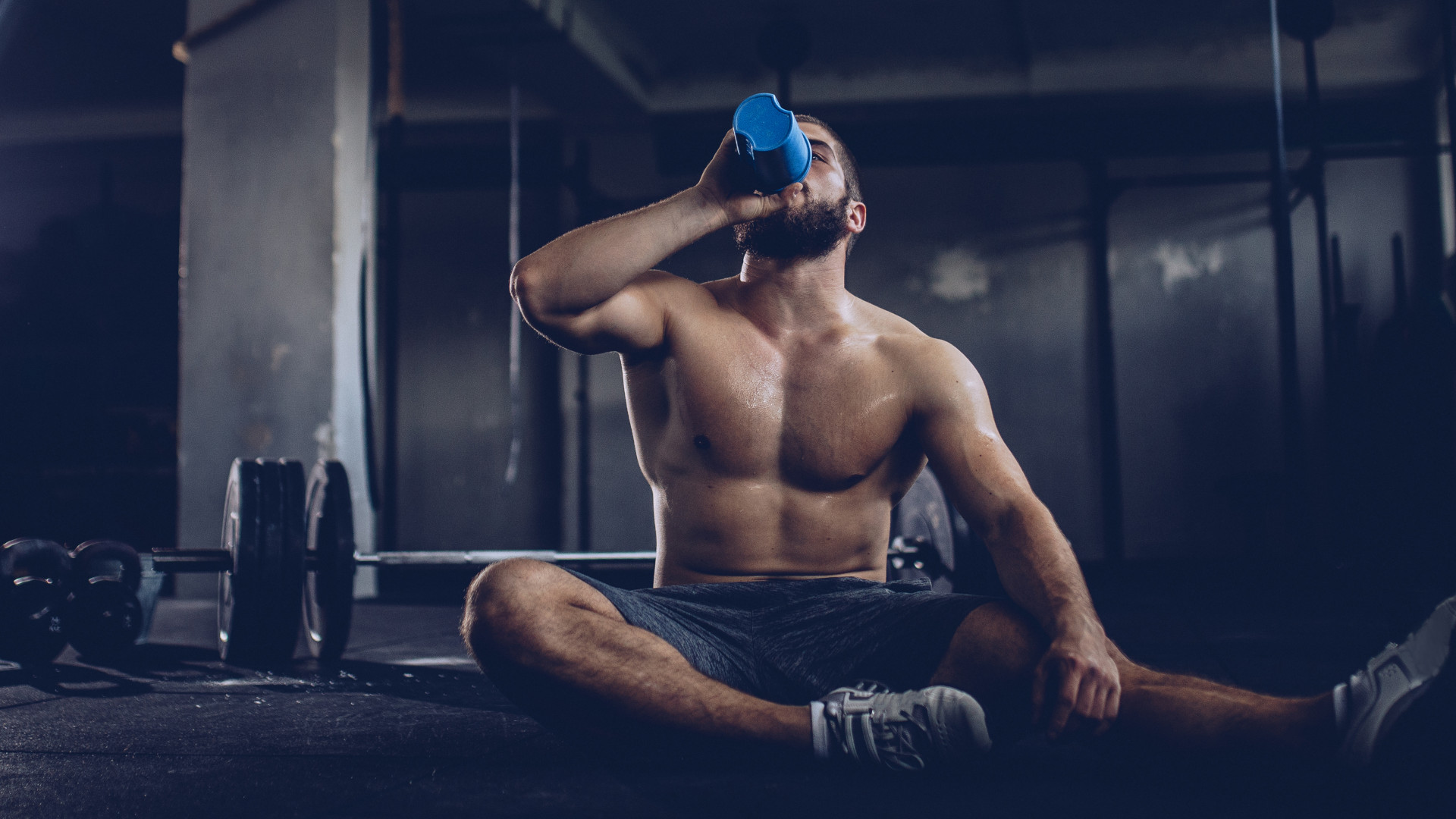 When’s the best time to take creatine?
When’s the best time to take creatine?The science-backed supplement is a must for building strength and muscle, but is there an optimal time to take it?
By Bryony Firth-Bernard
-
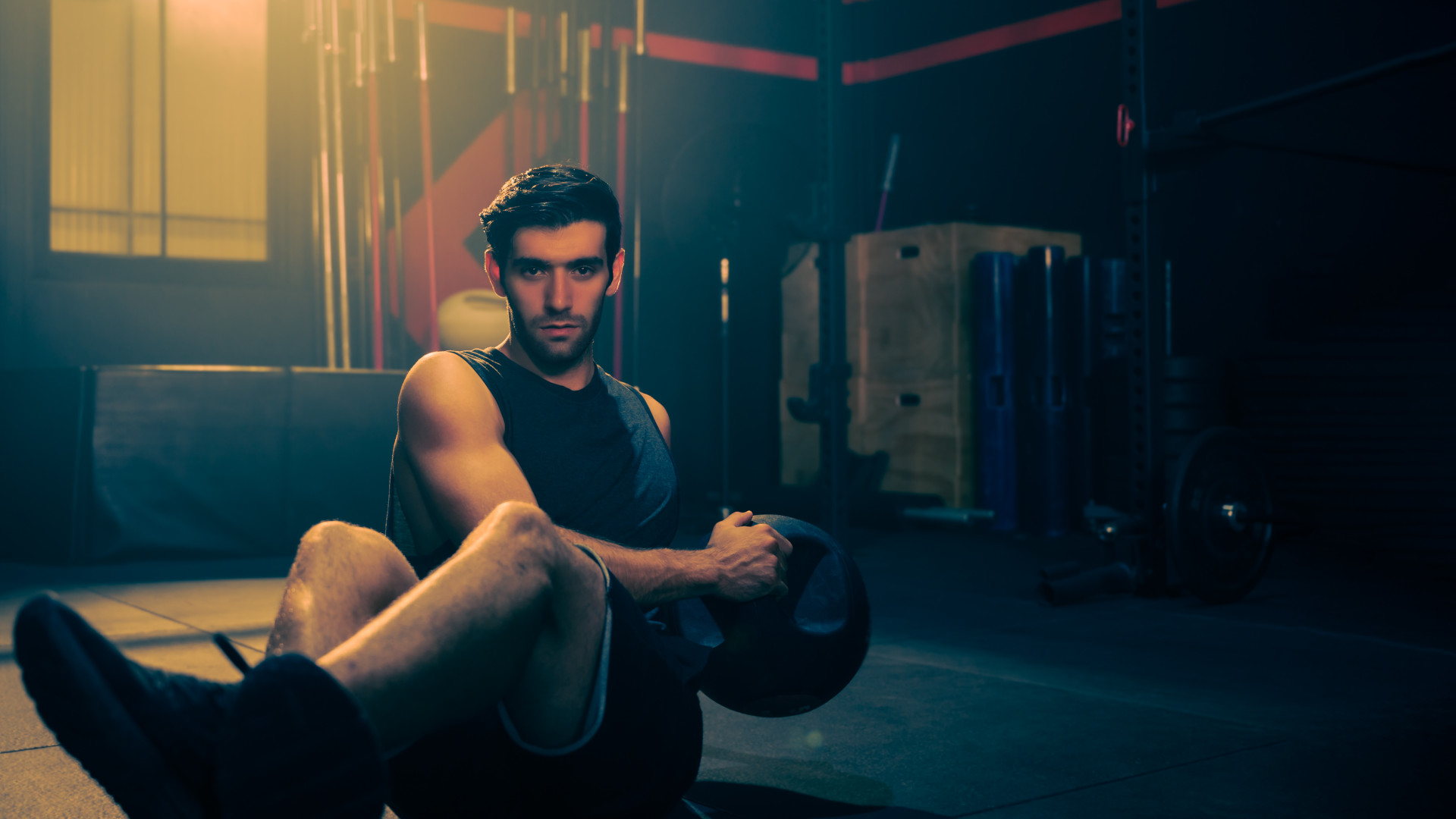 Three overrated core exercises and what you should do instead
Three overrated core exercises and what you should do insteadA fitness expert says these exercises aren’t all they’re cracked up to be
By Bryony Firth-Bernard
-
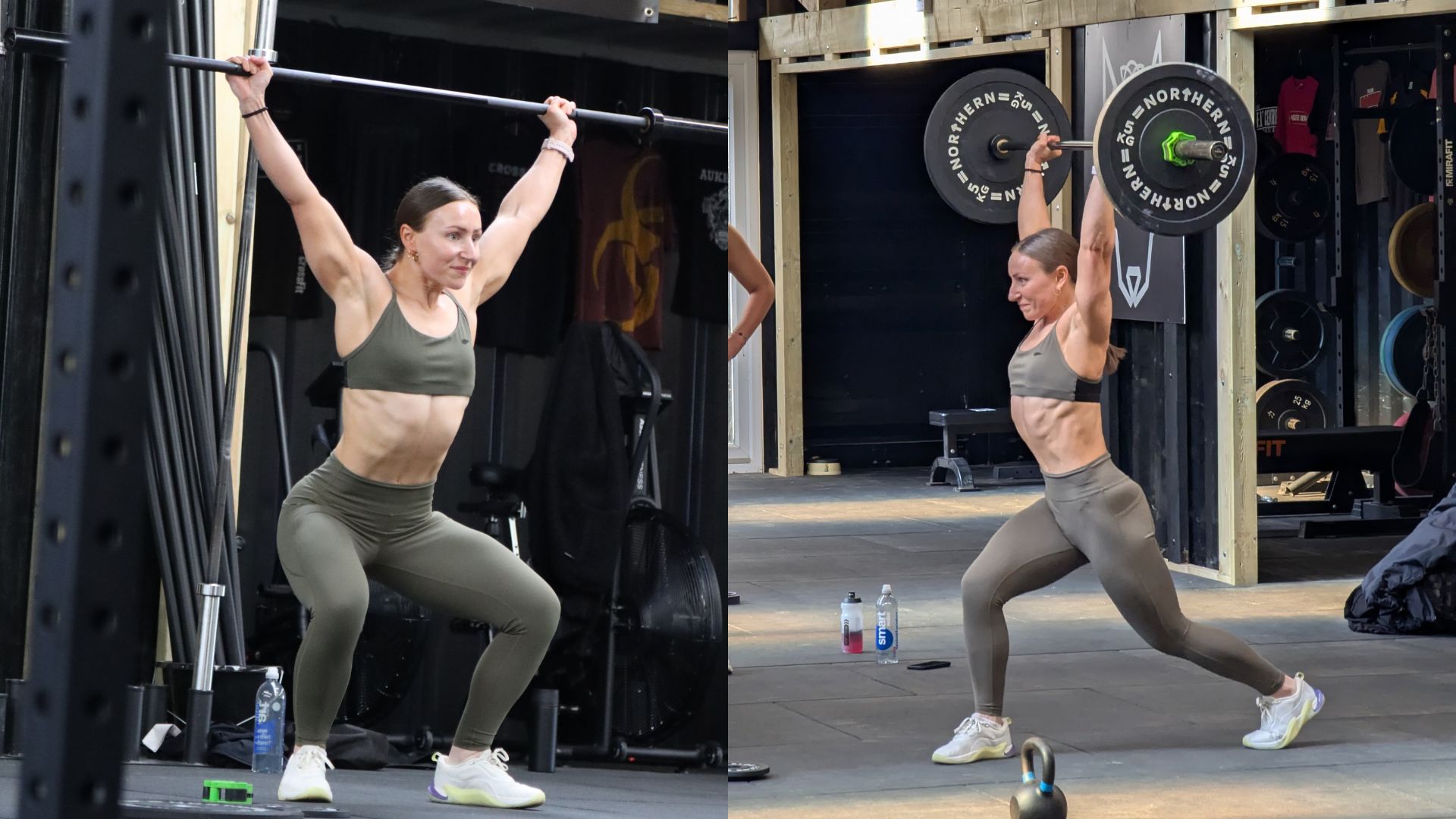 I tried Olympic weightlifting for the first time – here are three things it's taught me
I tried Olympic weightlifting for the first time – here are three things it's taught meBeing strong simply won't cut it
By Bryony Firth-Bernard
-
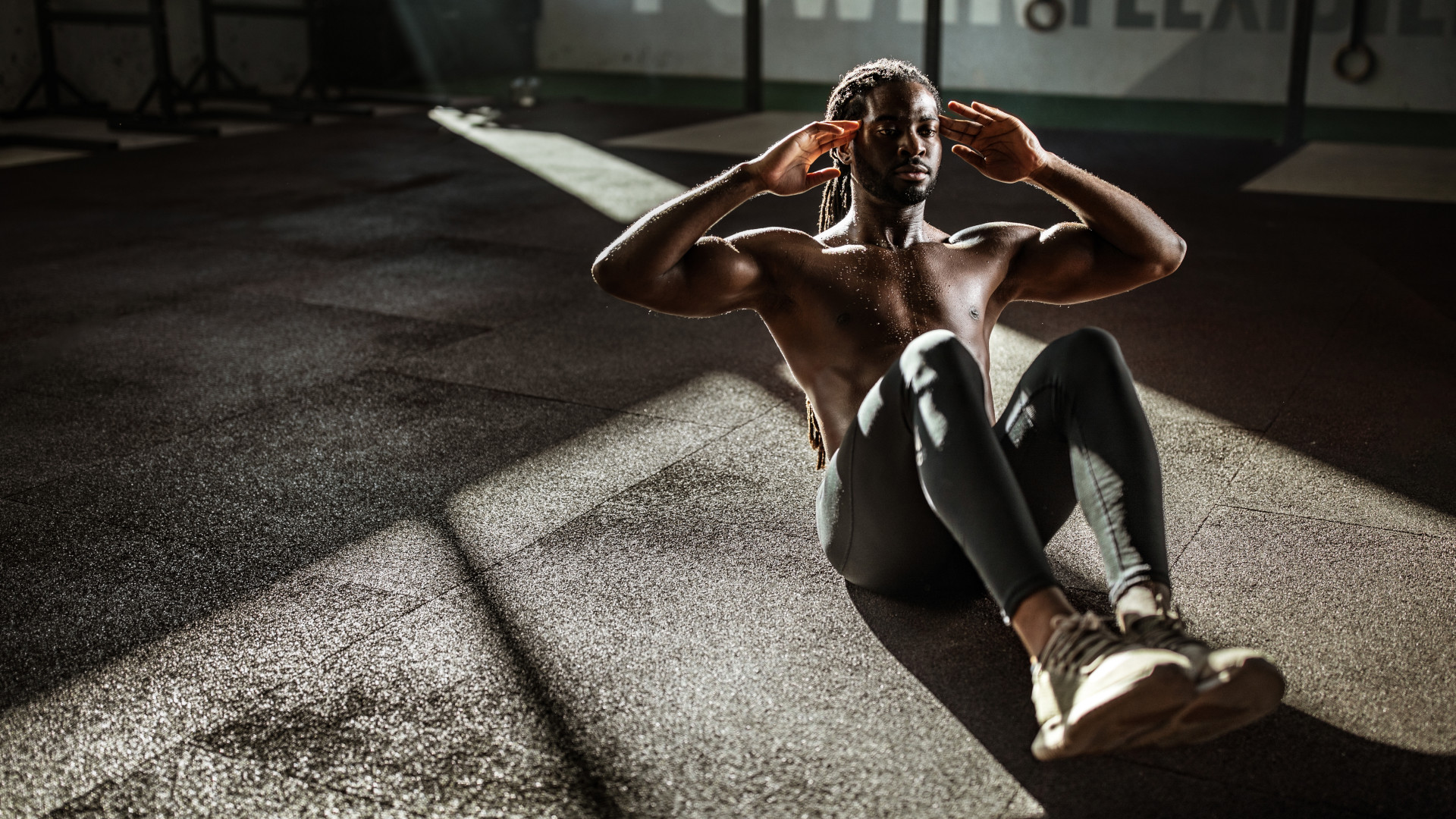 An exercise scientist ranks every ab exercise – and the worst one may surprise you
An exercise scientist ranks every ab exercise – and the worst one may surprise youFYI it’s not crunches or sit-ups
By Bryony Firth-Bernard
